May 29, 2025 | 07:49 GMT +7
May 29, 2025 | 07:49 GMT +7
Hotline: 0913.378.918
May 29, 2025 | 07:49 GMT +7
Hotline: 0913.378.918
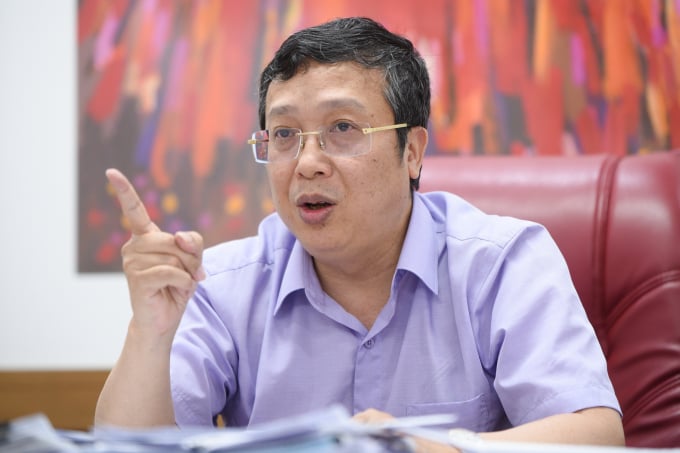
Director of the Department of Plant Protection Hoang Trung said that Vietnam is waiting for China to complete the procedures and propose a date and time for the two sides to sign the Protocol for durian. Photo: Tung Dinh.
Director Hoang Trung stated that Vietnam has urged the Department of Animal and Plant Quarantine, under the General Administration of Customs of China to complete all necessary steps to sign the Protocol allowing the export of Vietnamese durian to the country.
According to the head of the Department of Plant Protection, the Protocol may be signed virtually or delivered to Vietnam with the Chinese side's signature for finalization before being returned to China. After the signing, durian is exported to China officially.
"We've spent a considerable deal of time and effort preparing for durian in particular. Chinese partner selected and inspected all packaging facilities and representative planting regions in Vietnam", Mr. Hoang Trung added.
According to the director, the Department of Plant Protection has systematized and forwarded to China the whole number of planting area codes, packing facilities, and businesses registering for exports. The agency also dispatched delegates to production areas for communication and training on technical issues to prepare for exports.
"With such meticulous preparation and the farmers' and businesses' understanding of China's technical requirements, I expect that, following the approval Protocol, the export process of durian to China will be run smoothly and fruitful", Director of the Department of Plant Protection Hoang Trung told Vietnam Agriculture News.
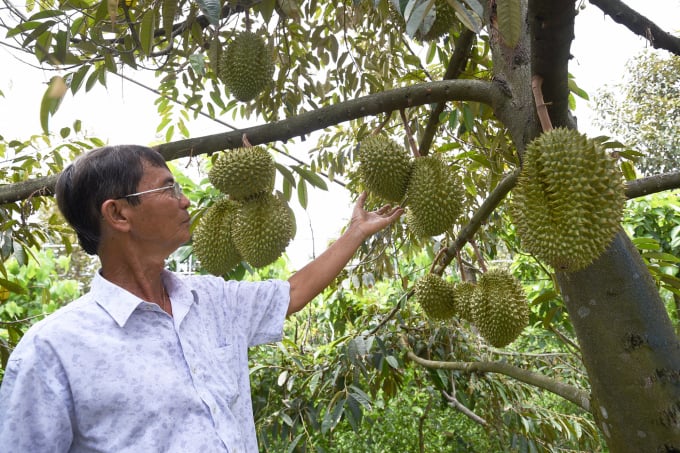
The Department of Plant Protection will support technical problems in the fastest, most convenient, and most time-saving manner so that businesses can soon deliver the goods to China. Photo: Tung Dinh.
Mr. Hoang Trung stated that all conditions for the export of durian have been completed, including enterprise names, planting area codes, and packing facilities, but it is crucial that durian producers are aware of which technical standards must be met.
In addition, companies, farmers, and management agencies must reply to the Chinese side's requests for production records, documents, and food safety supervision programs before harvest.
We must guarantee that goods from registered planting area codes adhere completely to the regulation and that the harvested fruits fulfill all of the criteria, which were disseminated to farmers and businesses.
Mr. Hoang Trung summarized three fundamental requirements, which are to have appropriate management measures to eliminate the pest objects of the Chinese side's interest; meet the requirements of food safety and hygiene, with no pesticide residues exceeding the permitted level; and strictly comply with the packaging regulations and labeling requirements.
Currently, the Plant Protection Department has carefully communicated these regulations to farmers and durian-producing enterprises. If any problems or difficulties arise during implementation, specialist authorities such as the Plant Protection Department are available to assist.
In addition, the Department directs the entire plant quarantine system where the products arrive in order to verify the items' origin, packing, and compliance with technical specifications. This procedure will be carried out in the fastest, most convenient, and most time-efficient manner so that enterprises may swiftly deliver goods to China.
Mr. Hoang Trung stated that in order to facilitate the export of Vietnamese key crops, the department has directed and instructed localities to establish criteria, standards, and standardized documents in order to decentralize the duties of establishing planting area codes and packaging facilities to local levels.
Therefore, localities would be proactive in inspecting and evaluating planting sites and packaging facilities based on preset criteria and providing updated information to the Department of Plant Protection before the latter completes the final phases and submits for national recognition.
The Department of Plant Protection always recommends businesses and individuals who have been granted a planting area code produce sustainably rather than focusing on just one or two shipments. However, the ultimate goal is that the source of raw materials must be maintained for many years, meeting both quality and technical requirements for quarantine and food safety.
According to Mr. Hoang Trung, it is vital to attract the appropriate attention and investment of localities in order to preserve the recognized codes and facilities, while also taking scale-up into account.
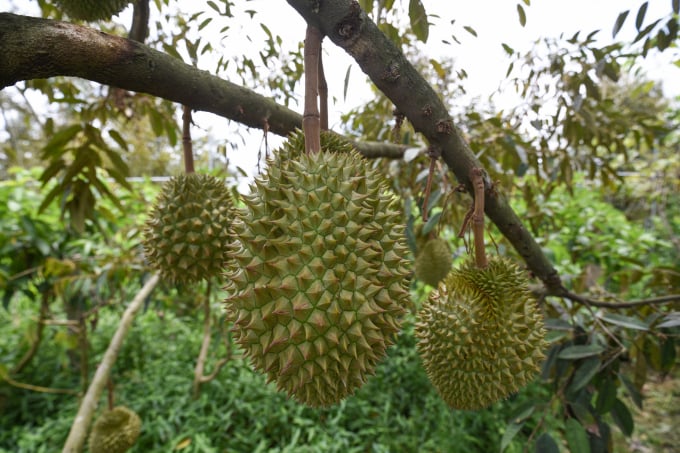
Maintaining and expanding the planting area codes as well as the standard packing facilities requires proper attention and investment from localities. Photo: Tung Dinh.
In addition, businesses must maintain tight connections with farmers, as a single code may be issued to several agricultural households. Enterprises must act as coordinators, encouraging individuals to join to produce in a single planting area code.
Mr. Hoang Trung noted that professional agencies must pay attention to farmers and businesses in order to establish favorable conditions for production and exports.
"China has partnered with the Plant Protection Department to undertake online inspections in regions with area codes for agricultural exports to China during the past time. At the request of China's General Administration of Customs, this work will continue for at least three months ", Director Hoang Trung provided an example.
The official for the Department of Plant Protection stated that the department has instructed the whole system to rigorously examine planting area codes, assuring the exactness of persons, code, and product, and preventing the counterfeit of codes. In addition, it strengthens technical forces at border gates in order to inspect large quantities of goods and force their return if they do not fulfill technical criteria.
With such organizational techniques, a synchronous posture from the central to the local, and notably the attention of local authorities and specialized agencies, we will be able to enhance the quality and increase the scale of the planting area codes and packaging facilities serving exports.
Translated by Linh Linh
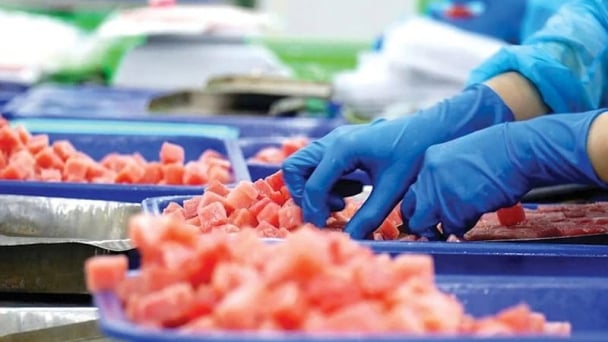
(VAN) The import-export turnover between Vietnam and Singapore rose amid a trade rebound, with machinery, electrical equipment, and fuels making up the majority of the transaction value.
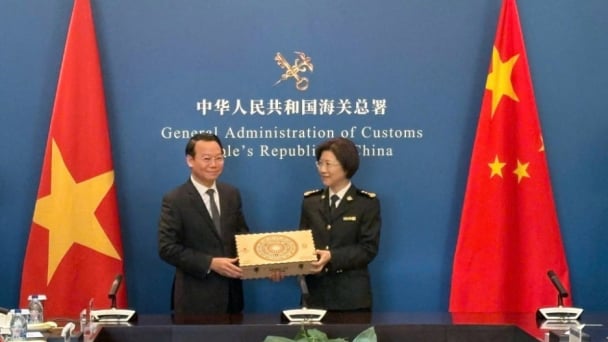
(VAN) Director General of the General Administration of Customs of China, Ms. Sun Mai Jun, has pledged to implement measures that will ease the import process for Vietnamese agricultural products.
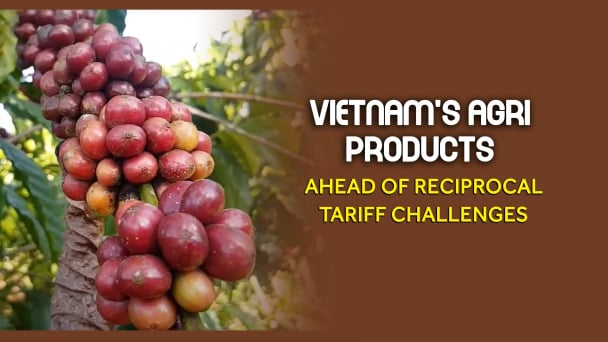
(VAN) Although Vietnam is still increasing its coffee exports, the industry is currently in the process of determining market strategies in response to the U.S. imposition of reciprocal tariffs.

(VAN) With rising demand in Muslim-majority countries, Halal certification is becoming a critical passport for Vietnamese agricultural products seeking sustainable market access and consumer trust in the Middle East and Africa.

(VAN) Vietnam’s fruit and vegetable exports to the U.S. are rising sharply, and exporters are hoping that any upcoming reciprocal tariffs will be set at manageable levels.
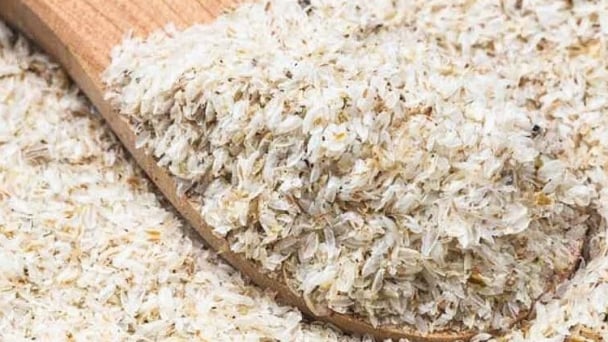
(VAN) Despite meeting quality standards, Vietnamese rice bran exporters still face difficulties with administrative procedures under the new protocol.
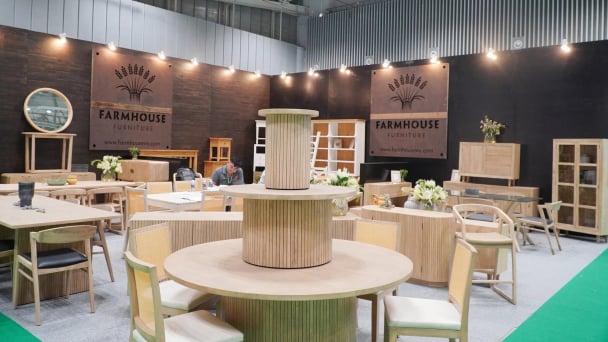
(VAN) The U.S. is tightening import tariffs and origin inspections, requiring Vietnamese businesses to proactively prepare in terms of legal compliance, supply chains, and appropriate export strategies.